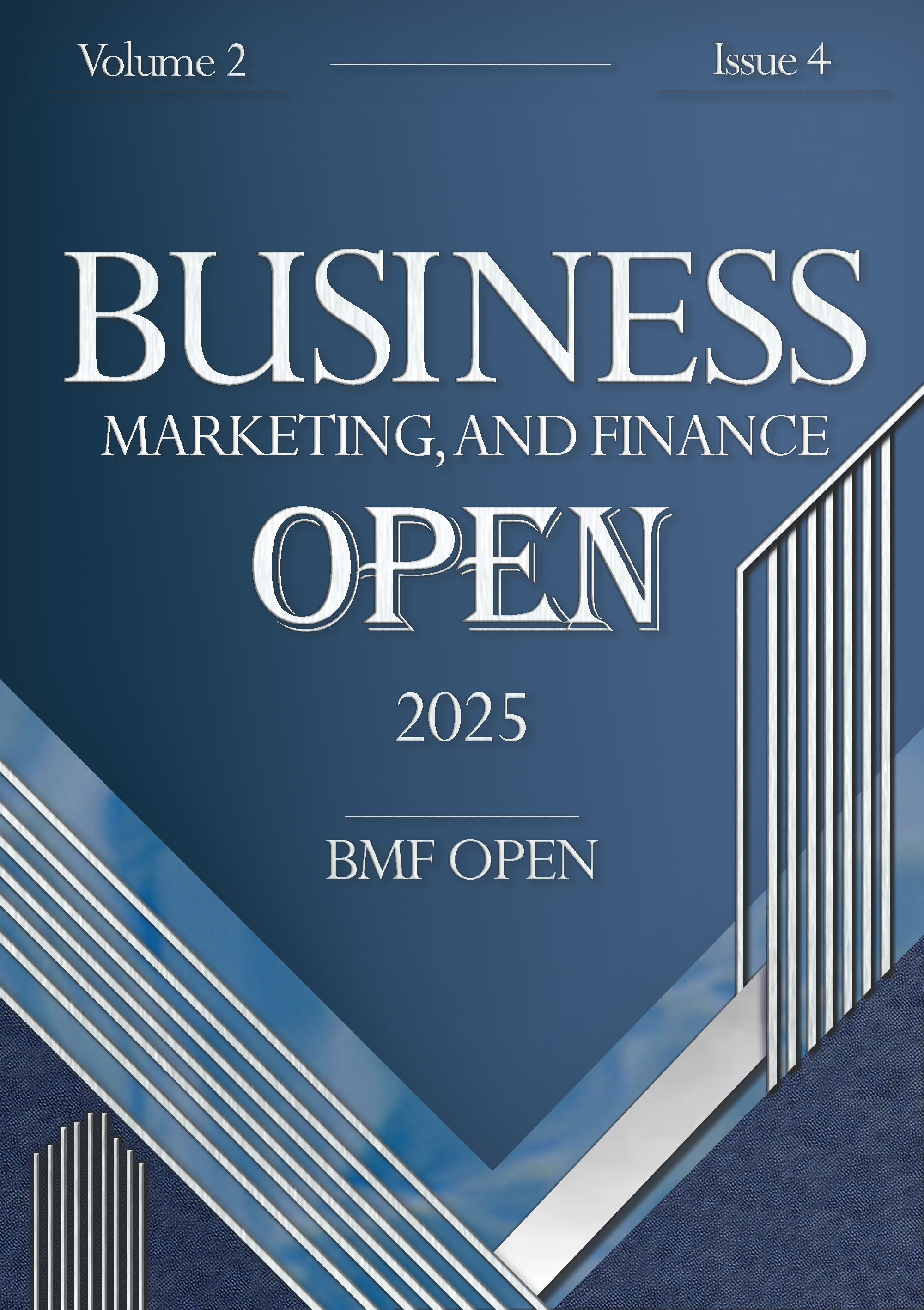Designing a Risk Prediction Model based on a Deep Learning Algorithm with a Hybrid Approach
Keywords:
deep learning, financial risk, hypercombination, artificial neural networkAbstract
Risk management and forecasting is a constantly changing process. Constant evolution is inevitable, because the long-term performance of risk management cannot keep pace with recent developments or accurately predict emerging crises. Therefore, it is important to monitor and accept changes caused by structural failures in the risk management process. Adopting these changes requires redefining risk management components and tools. Traditionally, empirical research in finance has focused heavily on statistical inference. The purpose of this research is to use deep learning algorithm in order to provide a model for predicting the financial risk of companies. Therefore, it is developmental-applicative in terms of purpose. Considering that it has examined the problem of risk prediction at a general level and in a non-linear way, it is a holistic research in terms of paradigm.In terms of information gathering method, it is library research based on literature and theoretical background. Also, in terms of the research approach, it is exploratory (quantitative-qualitative). The desired method in qualitative analysis is metacomposite. The statistical community of the qualitative section includes scientific research articles and the statistical sample was determined to be 16 documents. In the quantitative part of the statistical society, there are companies active in the capital market of Iran. The statistical sample based on the systematic target method includes 199 active companies in the stock market between 2013 and 2014. The standard framework used to use the deep learning method is the TensorFlow program, which is a free and open-source library for "data flow programming" for machine learning and deep learning. MAXQDA software was used to code and analyze the content of the articles.The results showed that the error values of the training models in the deep learning approach in all cases of lasso regression, ridge regression, artificial neural network and random forest regression are less than 0.05 and the best method for machine learning is to use the mixed method of ridge regression and It is an artificial neural network.
References
K. Xu, Y. Wu, Z. Li, R. Zhang, and Z. Feng, "Investigating financial risk behavior prediction using deep learning and big data," International Journal of Innovative Research in Engineering and Management, vol. 11, no. 3, pp. 77-81, 2024, doi: 10.55524/ijirem.2024.11.3.12.
Z. Liu, G. Du, S. Zhou, H. Lu, and H. Ji, "Analysis of internet financial risks based on deep learning and BP neural network," Computational Economics, vol. 59, no. 4, pp. 1481-1499, 2022, doi: 10.1007/s10614-021-10229-z.
K. Peng and G. Yan, "A survey on deep learning for financial risk prediction," Quantitative Finance and Economics, vol. 5, no. 4, pp. 716-737, 2021, doi: 10.3934/QFE.2021032.
X. Chen and Z. Long, "E-commerce enterprises financial risk prediction based on FA-PSO-LSTM neural network deep learning model," Sustainability, vol. 15, no. 7, pp. 5882DO - 10.3390/su15075882, 2023.
A. Kim, Y. Yang, S. Lessmann, T. Ma, M. C. Sung, and J. E. Johnson, "Can deep learning predict risky retail investors? A case study in financial risk behavior forecasting," European Journal of Operational Research, vol. 283, no. 1, pp. 217-234, 2020, doi: 10.1016/j.ejor.2019.11.007.
F. Razmanesh and S. A. Nabizadeh, "The effect of market competition on the relationship between CEO power and company risk," Accounting and Management Perspectives, vol. 4, no. 52, pp. 61-75, 2021.
L. Furong, "Financial risk early warning and internal control and countermeasures of apparel companies," Finance and Accounting Study, vol. 222, no. 13, pp. 77-78, 2019.
K. J. Wei, L. X. Liu, and H. Shu, "The impacts of political uncertainty on asset prices: Evidence from the Bo scandal in China," Journal of financial economics, vol. 125IS - 2, pp. 286-310, 2017, doi: 10.1016/j.jfineco.2017.05.011.
V. V. Acharya, L. H. Pedersen, T. Philippon, and M. Richardson, "Measuring systemic risk," The review of financial studies, vol. 30IS - 1, pp. 2-47, 2017, doi: 10.1093/rfs/hhw088.
D. A. Zetzsche, R. P. Buckley, and D. W. Arner, "The distributed liability of distributed ledgers: Legal risks of blockchain," U. Ill. L. Rev., p. 1361, 2018, doi: 10.2139/ssrn.3018214.
T. Yanyan and L. Na, "Application of fuzzy evaluation method in financial risk early warning of small and medium-sized enterprises," Finance and Accounting Newsletter: Comprehensive (I), vol. 2, pp. 45-47, 2015.
L. Denglin, "Construction of enterprise financial risk early warning system," Research of Modern State-owned Enterprises, vol. 18, pp. 89-90, 2016.
S. Xiaoying, "Software design of financial risk early warning system based on equipment manufacturing enterprise," Electronic Design Engineering, vol. 23, no. 320, pp. 58-60, 2015.
Z. Ying, "Research on financial risk early warning of engineering and construction enter- prises," Cooperative Economy and Science and Technology, vol. 4, pp. 134-135, 2015.
A. A. Rezaei Manesh, H. Jamshidi, and S. Jalili, "The effect of real profit management on cost of capital and financial risk of Tehran Stock Exchange companies," 2014.
S. Ainuddin, J. K. Routray, and S. Ainuddin, "People's risk perception in earthquake prone Quetta city of Baluchistan," International Journal of Disaster Risk Reduction, vol. 7, pp. 165-175, 2014, doi: 10.1016/j.ijdrr.2013.10.006.
A. O. Caroline, "Determinants of financial risk in listed companies nairobi securities exchange in kenya," 2015.
Downloads
Published
Submitted
Revised
Accepted
Issue
Section
License
Copyright (c) 2025 Zahra Babaei, Mojtaba Chavoshani, Fayegh Zaheri (Author)

This work is licensed under a Creative Commons Attribution-NonCommercial 4.0 International License.







